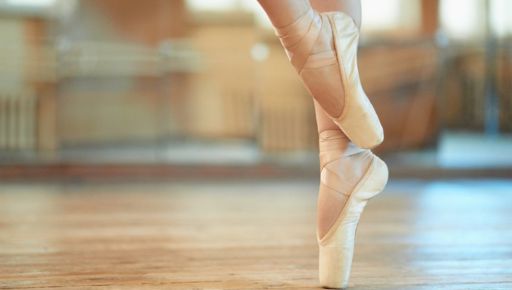
Ballet dancers rely on their feet for every leap and pirouette. With each performance, they push their bodies to the limits. Good podiatric care is essential to protect their most vital asset—their feet. Dancers often face unique challenges, like blisters and stress fractures. Addressing these early can prevent long-term issues. Just as kids foot care Fort Worth emphasizes, proper care starts with understanding the demands placed on young feet. By focusing on prevention and treatment, dancers can keep their feet strong and healthy.
Understanding the Strain
Ballet demands elegance and precision, but it also requires rigorous physical effort. The feet endure constant pressure, leading to common issues such as calluses, ingrown toenails, and strained arches. Recognizing these challenges helps in crafting a suitable care routine. Dancers must pay attention to any signs of discomfort. Early intervention can prevent the worsening of minor problems.
Prevention Strategies
Prevention is key in maintaining healthy feet. Here are three simple strategies to consider:
- Proper Footwear: Shoes should fit well and support the foot structure. Ill-fitting shoes can cause bunions and other deformities.
- Regular Stretching: Stretching helps improve flexibility and prevent muscle fatigue.
- Moisturizing: Keeping the skin hydrated avoids cracks and contributes to overall foot health.
Comparison of Common Foot Problems
Understanding different foot problems can help dancers and their caregivers take proactive steps. Below is a comparison of common issues and their symptoms:
| Foot Problem | Symptoms | Prevention Tips |
| Blisters | Red, painful bubble-like bumps | Use protective pads and avoid friction |
| Stress Fractures | Pain and swelling in the forefoot | Ensure adequate rest and proper nutrition |
| Ingrown Toenails | Redness and swelling around the nail | Trim nails straight across and avoid tight shoes |
Treatment Options
Despite best efforts, sometimes injuries occur. When they do, addressing them promptly is crucial. Treatment often involves rest, ice application, and elevation. In some cases, podiatric consultation may be necessary. Using orthotics can also help alleviate strain and distribute weight more evenly across the foot. According to the National Institute of Arthritis and Musculoskeletal and Skin Diseases, proper bone health is integral in recovery.
The Role of Nutrition
Nutritional intake plays a significant part in foot health. Calcium and vitamin D are vital for strong bones. Proteins repair tissue damage and iron helps in oxygen transport. A balanced diet supports recovery and enhances performance. Staying hydrated is also essential, as dehydration can lead to muscle cramps and fatigue.
Conclusion
Protecting the feet of ballet dancers involves understanding the physical demands and taking preventive measures. By recognizing common issues and implementing care routines, dancers can continue to perform gracefully. Podiatric care is not just about treatment; it is about creating a foundation for long-lasting foot health.
